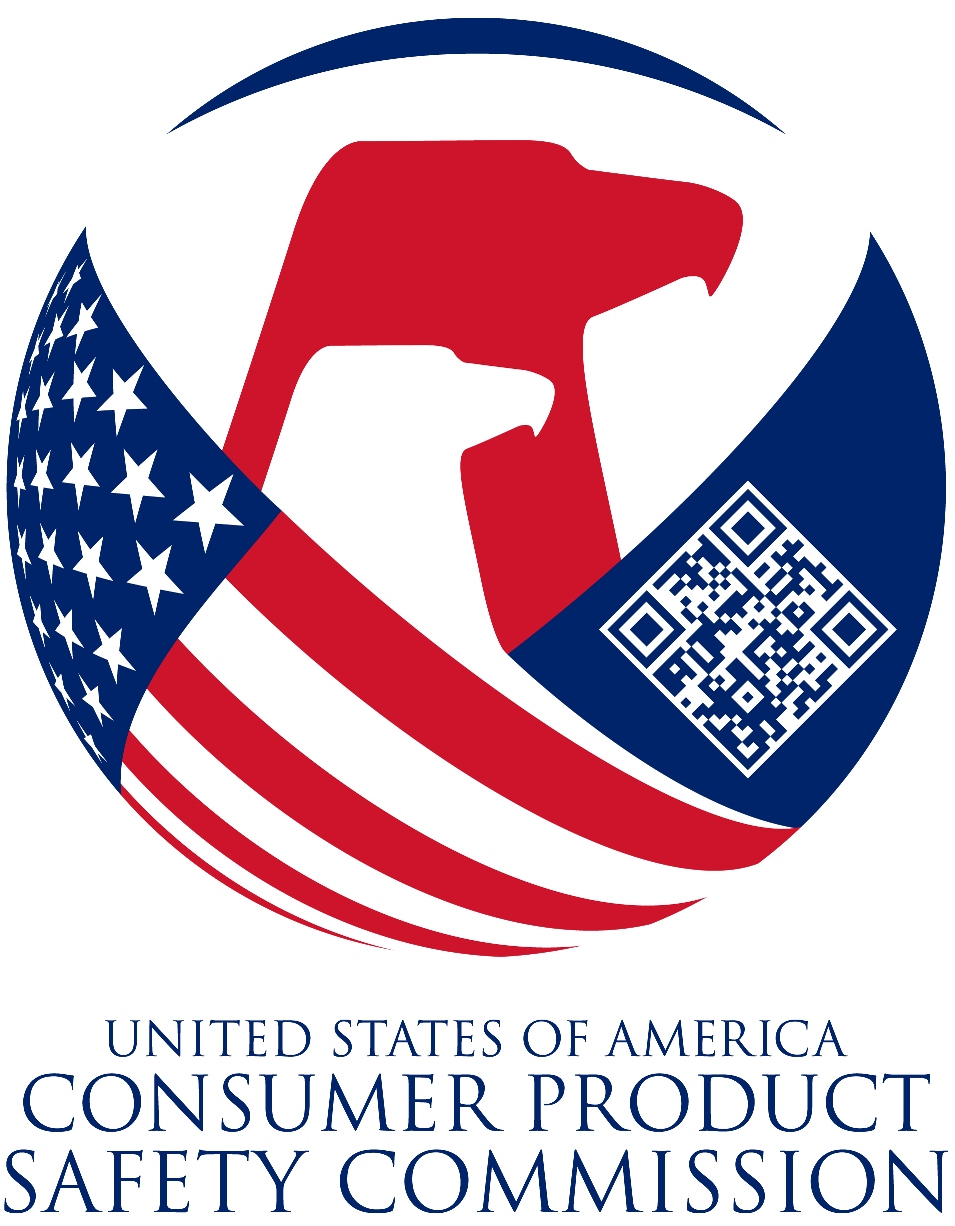|
  
|
|
|
Monday August 13, 2012
CPSC Unveils New Logo that Can Include QR Code By Sean Oberle
By Sean Oberle
CPSC Chairman Inez Tenenbaum August 9 unveiled the agency’s new logo, which can include a QR Code. She explained, “Our seal often has been considered dated and confusing. People would look at our seal and wonder, ‘Well, what does that have to do with consumer product safety?’ So we developed a new symbol for our agency. The new CPSC logo reflects the agency’s unique brand. It reflects the global aspect of our mission, a mission to be the global leader in consumer product safety.”

The National Press Club “Newsmaker” event was built on Tenenbaum announcing a GE recall of dishwashers (see page 2) as well as giving an overview of CPSIA activity to mark the upcoming four-year anniversary of the law, which ex-President George W. Bush signed on August 14, 2008.
CPSIA-related actions that Tenenbaum highlighted included Section 104 switches, the phthalates CHAP, mandating the F963 toy standard, tracking labels, third party testing, the import surveillance partnership with Customs and the related risk assessment methodology pilot, education and outreach to industry, the CPSIA database, and others. She asserted: “I believe that because of the [CPSIA] and all of the CPSC’s accomplishments I can say with confidence that the state of product safety is strong and that I think to borrow a quote from industry, ‘It is built to last.’ I believe that we at the CPSC are making a strong contribution to the state of product safety around the world. I am using our strength not just for short term gains but to create a sustainable product safety system, a system that’s built to last regardless of who is chairman or who’s in charge in Congress, a system that’s built to last through compliance with stringent safety and testing requirement established by the CPSIA. It’s a system built to last by creating a regulatory approach that strives for injury prevention rather than reacting to injury.” |
